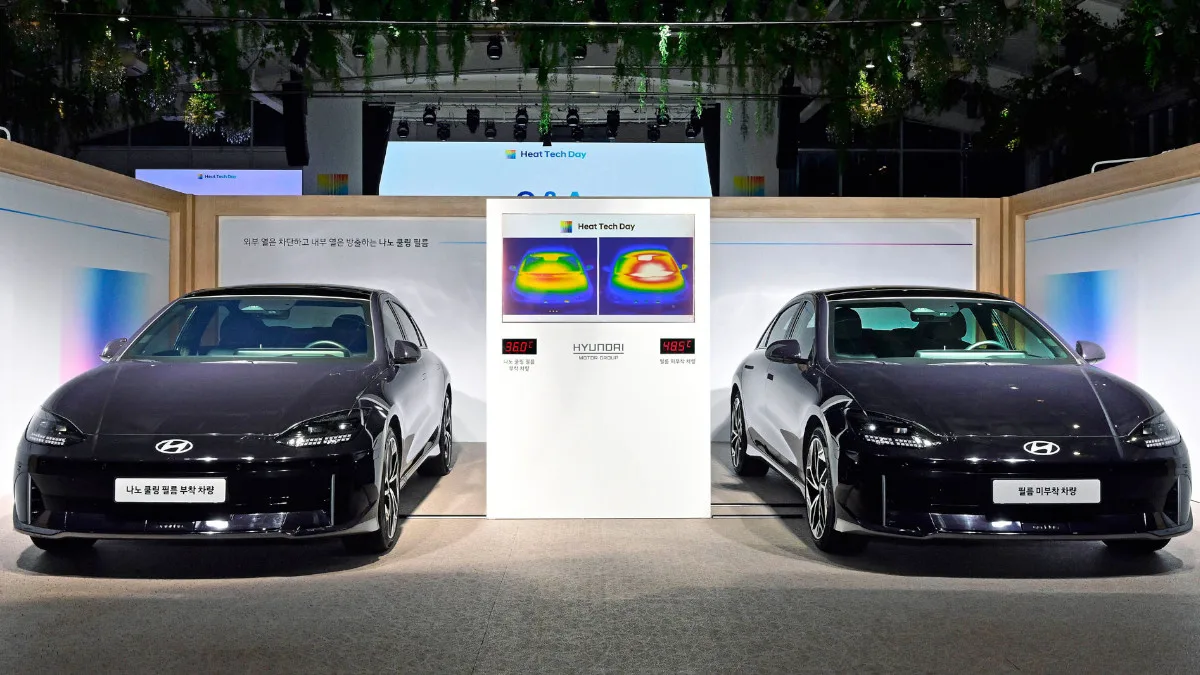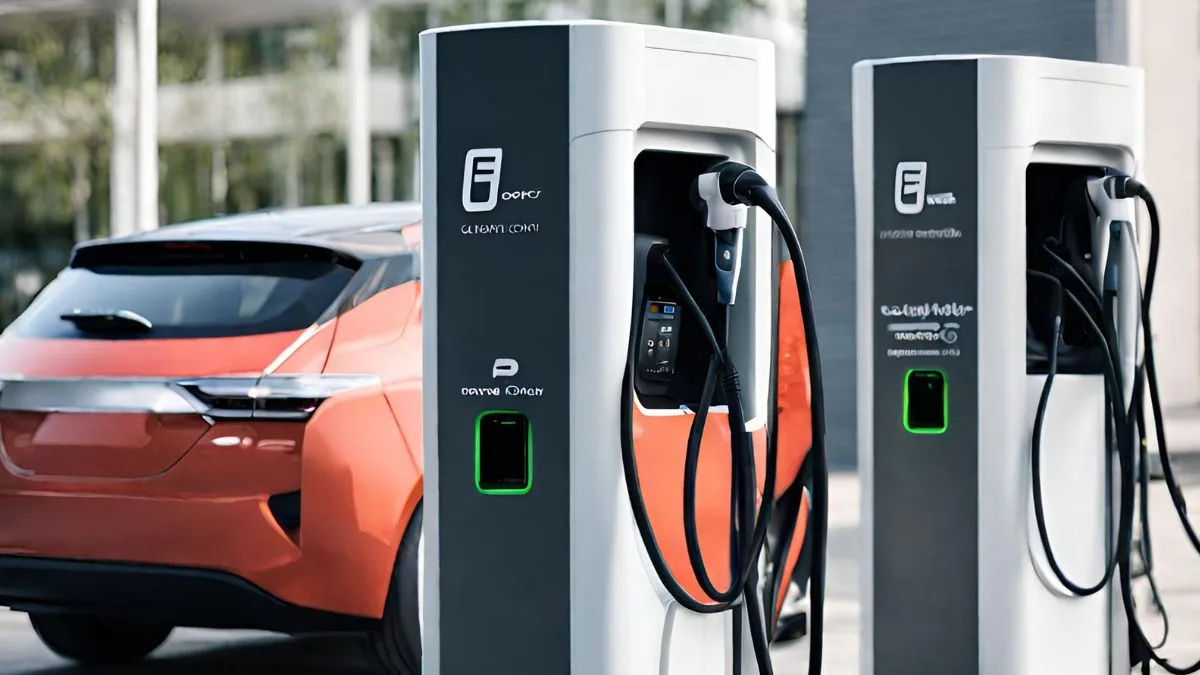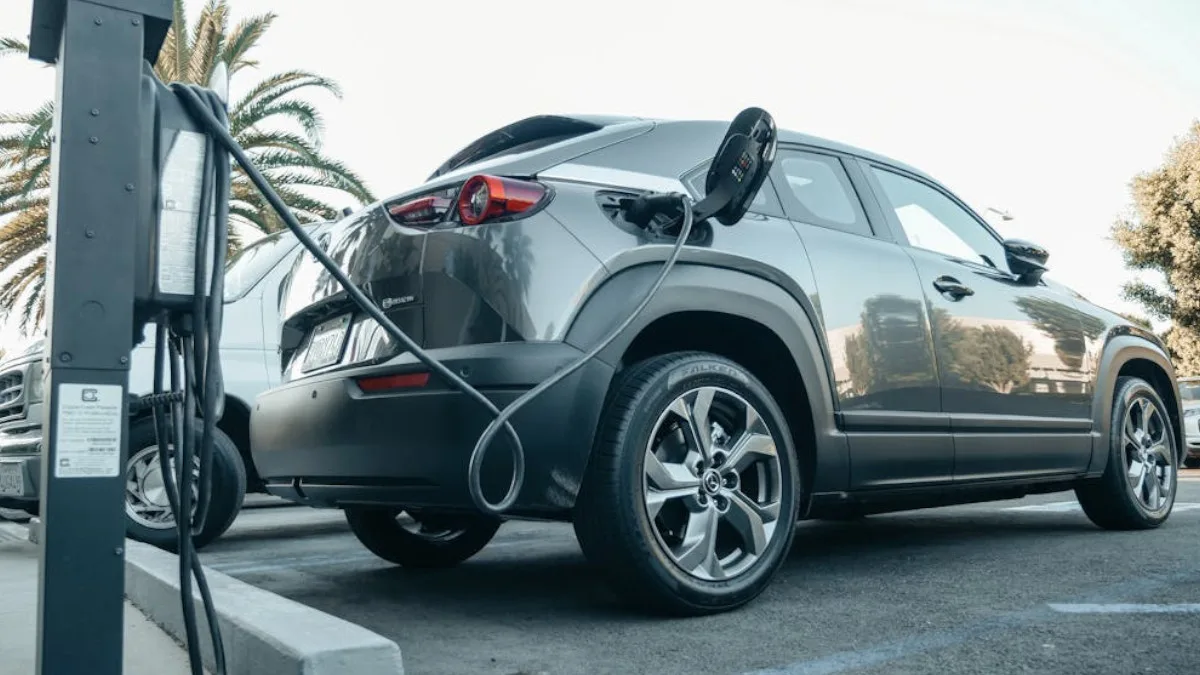In the realm of automotive technology, where innovation is constantly pushing boundaries, radiant heating systems are emerging as a promising solution to enhance both comfort and efficiency in electric vehicles (EVs). While Lexus has already introduced infrared heating panels in its RZ model, Hyundai Motor Group is taking this technology to new heights with its focus on efficiency and comfort.
The Lexus Advantage
Lexus’s RZ model offers a unique feature: infrared heating panels located beneath the steering column and passenger side dashboard. These panels provide targeted warmth directly to the legs, resulting in a more efficient and comfortable heating experience compared to traditional cabin heating systems. According to Lexus, this method can reduce energy consumption by around eight percent.

Hyundai’s Efficiency Drive
Hyundai Motor Group has recognized the potential of radiant heating to address the pressing issue of range anxiety in EVs. The company has announced plans to expand the use of radiant heating systems in its vehicles, emphasizing their efficiency benefits. By maintaining a relatively cool interior temperature while keeping occupants warm, radiant heaters can significantly reduce energy consumption, especially in cold climates.
Advanced Radiant Heating Technology
Hyundai’s latest radiant heating systems feature a film-type heating element using carbon nanotube material, which offers a wider heating area compared to the carbon fabric heating element used in earlier generations. This advancement allows for more effective thermal effects, providing enhanced warmth and comfort.
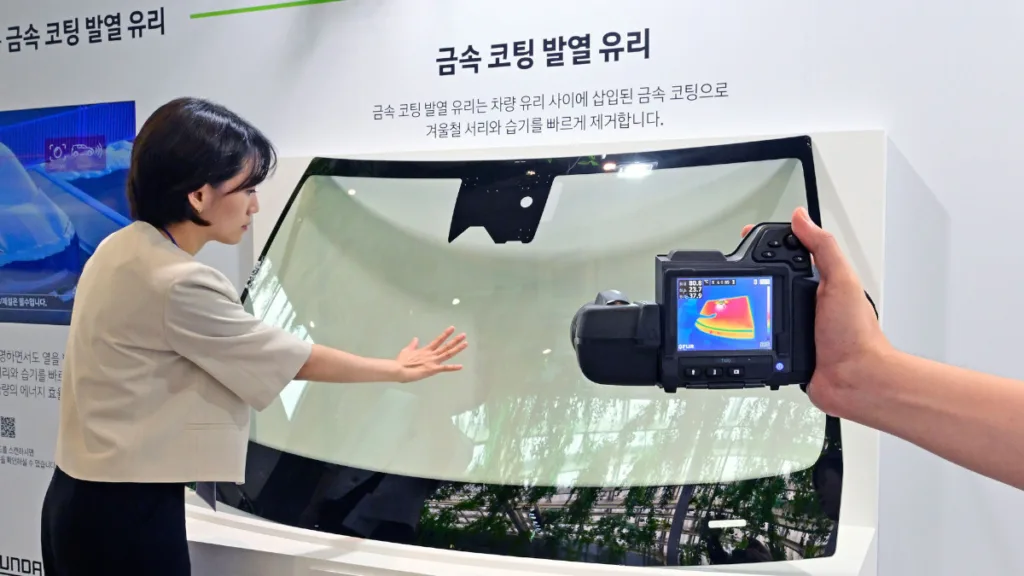
A Wraparound Experience
Hyundai envisions a future where radiant heaters surround occupants in the vehicle, providing warmth from multiple sides. This wraparound approach, demonstrated in the Genesis Neolun concept, could include heaters underneath the steering wheel, behind the door panels, and in the center console. This comprehensive heating system can achieve a set temperature within three minutes even in extreme cold conditions.
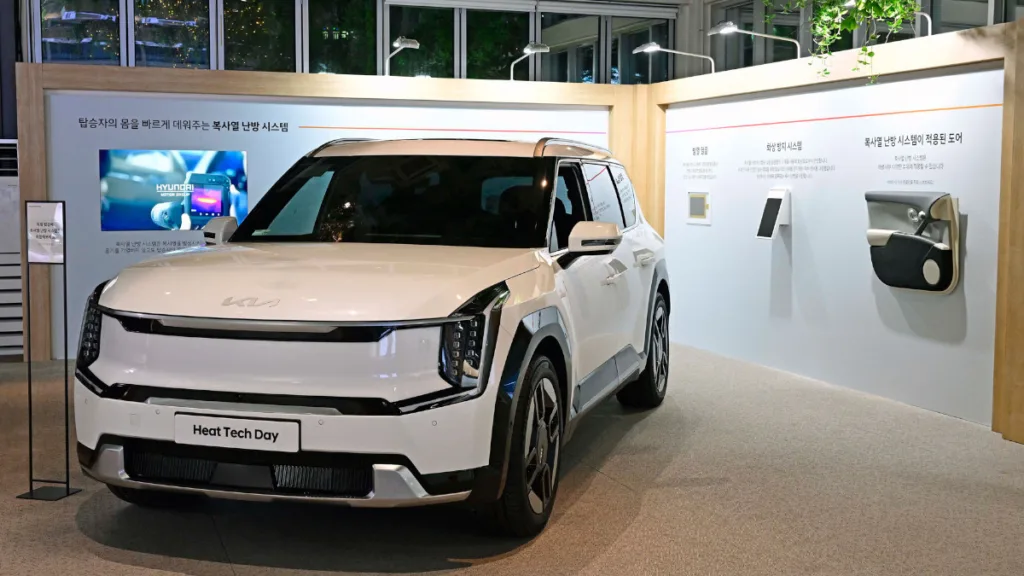
Efficiency and Comfort
The adoption of radiant heating systems in EVs offers several advantages:
- Improved Efficiency: By reducing energy consumption for heating, radiant heaters can extend the driving range of EVs, especially in cold climates.
- Enhanced Comfort: Radiant heating provides a more localized and targeted warmth, ensuring that occupants are comfortable without overheating the entire cabin.
- Reduced Cabin Noise: Unlike traditional heating systems that can generate noise, radiant heaters operate silently, contributing to a more peaceful driving experience.
A Promising Future
Hyundai’s commitment to radiant heating technology is a positive sign for EV owners. As the company continues to develop and refine these systems, we can expect to see them become more prevalent in future electric vehicles. The potential benefits in terms of efficiency and comfort make radiant heating a compelling option for those seeking a more enjoyable and sustainable driving experience.
Discover more from Wheels Craze - Automotive News, EV News, Car News, Bike News
Subscribe to get the latest posts to your email.


